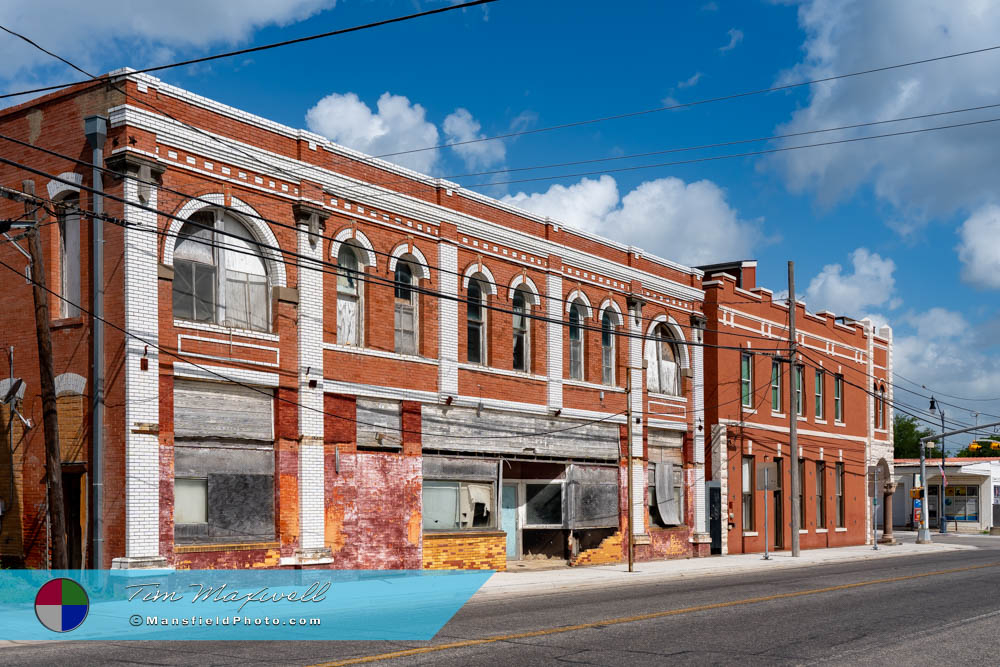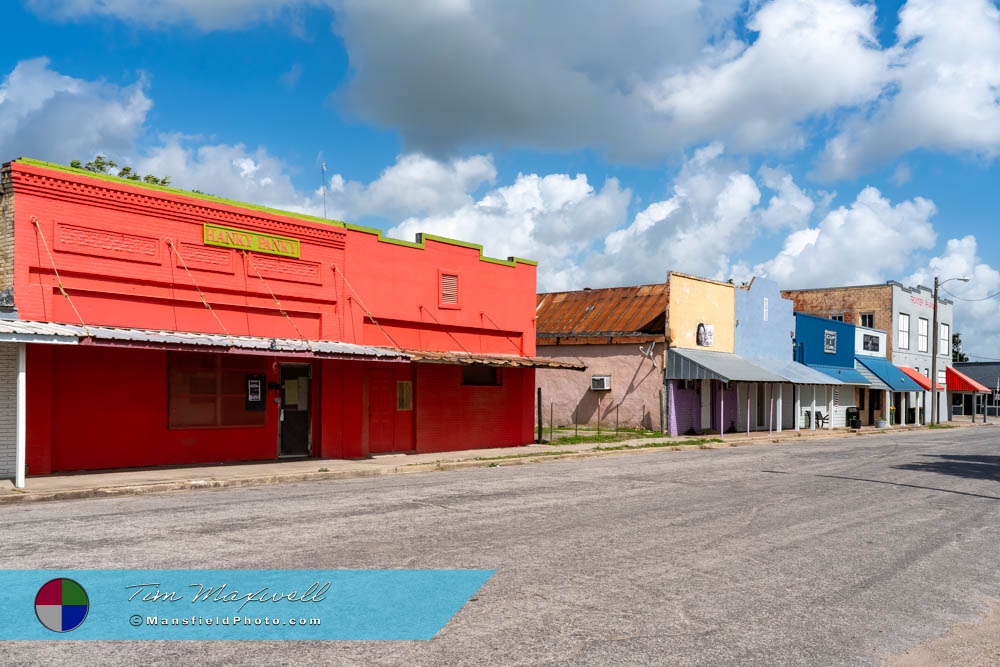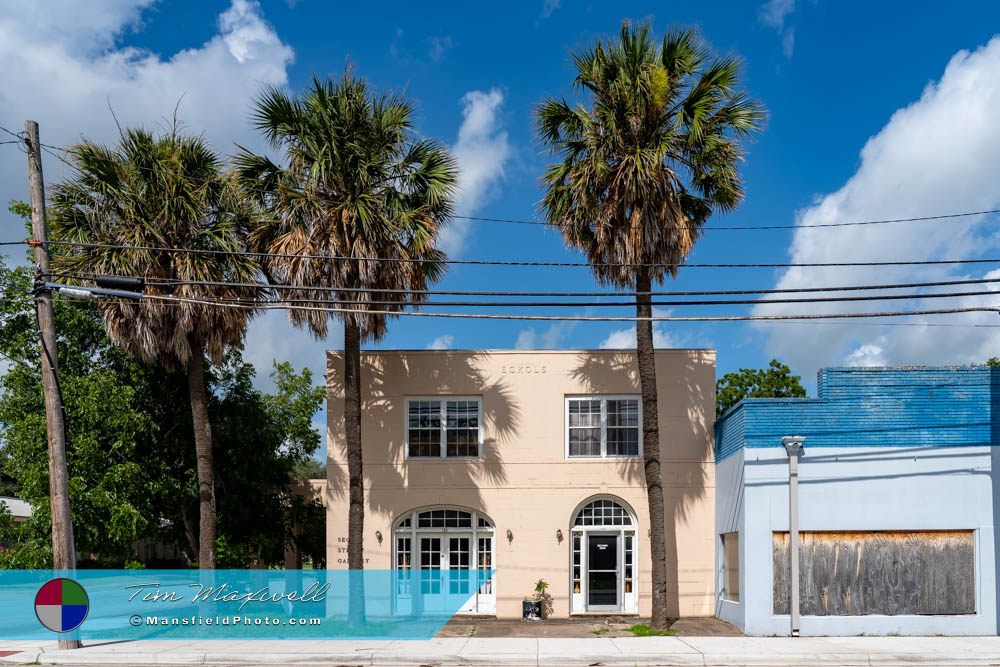Kenedy, Texas
– From Six-Shooter Junction to South Texas Stronghold.
Kenedy, Texas, began its journey from a dusty rail stop into a town with a personality as bold as the brush country that surrounds it. Located in southeastern Karnes County, this community has seen wild frontier days, a burst of railroad-fueled prosperity, and even a brush with international wartime intrigue. Its story is far from over—and still being written by the people who call it home.
A Town with a Railroad Backbone
The area that would become the town once formed part of a royal Spanish land grant awarded to Don Carlos Martinez. After Texas won its independence in 1836, American settlers began to trickle into the region, bringing with them ambitions for agriculture, trade, and land ownership. But it wasn’t until 1886 that things truly took shape.
That year, a man named Mifflin Kenedy—railroad promoter and South Texas ranching magnate—purchased land in the area with the vision of creating a key stop along the San Antonio and Aransas Pass Railroad. His name would go on to define the community that rose up around the tracks. By 1887, a post office had been established, and buildings began to spring up, including a church, a general store, and a cotton gin.
Rail lines were the lifeblood of small towns in the late 19th century, and this one was no exception. With trains rumbling through daily, bringing freight, passengers, and news from afar, the community flourished. By 1906, it had a lively downtown with two newspapers, a bank, livery stables, and what was then one of the largest cotton compresses in the entire state of Texas.
Six-Shooter Junction
Incorporated in 1910, the town had already developed a reputation that made it both famous and infamous. With the railroad came opportunity—but also trouble. Fights, feuds, and high-stakes poker games brought in a crowd that didn’t always follow the rules. The gunfighting got so intense at times that the town earned the nickname “Six-Shooter Junction.”
Despite the rowdy reputation, growth continued. People came to work the cotton fields, build businesses, and raise families. One major draw came in 1915, when hot mineral water was discovered bubbling up near the depot. In true early 20th-century fashion, health seekers and travelers alike flocked to the newly opened Hot Wells Hotel and Bath House. The establishment operated for nearly 25 years, bringing a level of sophistication and commerce to the area.
A Wartime Footnote and Beyond
World War II brought a new chapter that few small towns can claim. Just outside of town, a detention facility was constructed to house foreign nationals and enemy aliens—primarily German and Japanese residents from across the U.S.—as part of a controversial wartime policy. The detention camp left a mark, both physically and historically, and is remembered as one of several such sites scattered across the country during that era.
Though passenger rail eventually disappeared, freight still rumbles through the area. And while the mineral springs went quiet, the spirit of the town never did.
A Present Built on Resilience
Today, the community continues to serve as a vital hub for the surrounding agricultural region. Cotton, corn, and cattle still pass through the area, but modern industry has made its mark as well. The discovery of oil and gas in the broader Eagle Ford Shale formation has brought new life and economic activity to the region in recent years.
The downtown area shows a mix of old and new, with historic buildings alongside modern businesses. Though the days of hot baths and six-shooters are gone, traces of those eras linger in the stories told at the local museum, in the design of older structures, and even in the town’s sense of pride.
Final Thoughts
Few places have worn as many hats as this Karnes County community. From Spanish land grants to train whistles, hot springs to oil wells, and from gunfighters to farmers, Kenedy has seen history unfold in vivid fashion. Its past isn’t sugarcoated—but it’s remembered, and that’s what gives the town its enduring strength. While the passenger trains may no longer stop, the town’s journey is very much in motion.
📸 Interested in More Photos of This Town?





